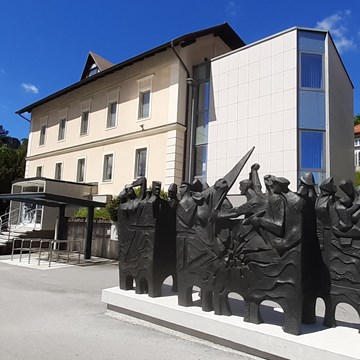Museum of Arts and Crafts
MUO - Muzej za umjetnost i obrt
The Museum of Arts and Crafts is one of the earliest museums of its kind in Europe. It was established in 1880 as a result of an initiative by the Art Society and in particular by its then director Izidor Kršnjavi. The basic aim was to preserve the traditional values of national crafts and at the same time to provide new cultural standards for the rising middle-class. To help achieve these goals in 1882 the Crafts School (today the School of Applied Arts and Design) was established alongside the Museum. The Museum and the School are situated in a representative neo–Renaissance palace designed by Austrian architect Herman Bollé in 1888.
The Museum is one of Croatia's fundamental national cultural institutions. It houses the finest collections of fine and applied art that date from 14th to 20th century with an emphasis on presenting the culture of living in nobility’s castles and palaces in the countryside and in the cities, as well as depicting the everyday life of higher levels of citizenry.
MUO has the largest and richest holdings in Croatia of fine and applied art: in total over 100,000 items are cared for by the Museum. In the permanent exhibition visitors have a chance to see nearly 3000 exhibits, at about 2000m² of exhibition area, from the collections of furniture, ceramics, glass, metal, textiles, painting, sculpture, clocks and watches, photography, graphic and product design, ivory, bookbinding and painted and gilded leather, which provide the insight into historical changes in styles which reflect special features of the Croatian cultural space and the wider spiritual and intellectual movements of time.
In addition to the permanent display every year numerous occasional exhibitions as well as promotional and cultural-cum-stage programs (concerts, theatrical performances, and promotions) are being held. At the beginning of the 21st century, the work of the Museum is characterized by a wide range of activity, holdings that are constantly being enlarged, a large number of exhibitions put on within and outside the Museum, including, increasingly, abroad, a rich and vigorous publication program, new forms of business operations that derive from the needs of visitors (generating the production of replicas and museum souvenirs, the museum shop) and the application of contemporary museological standards.
Exhibitions and events
We don't have anything to show you here.
Educational programs
We don't have anything to show you here.
Collections
We don't have anything to show you here.















